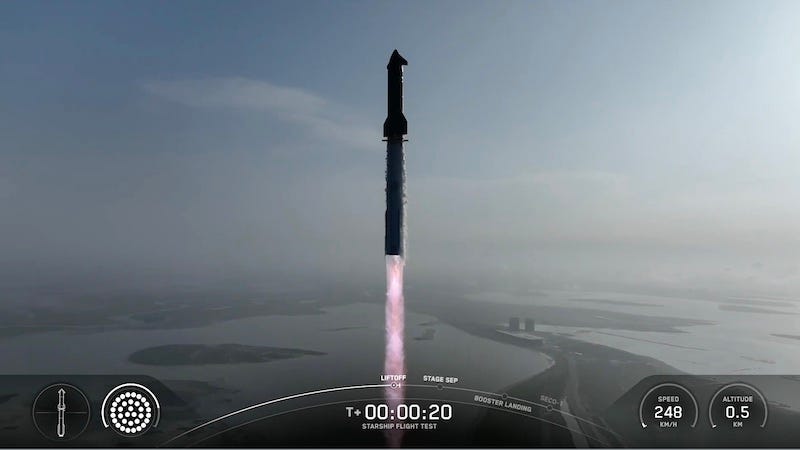Inching Closer: SpaceX Starship Flight 9
Both Booster and Ship Lost, but Orbital Altitude Achieved
Fly, Learn, Repeat. There will be a lot for SpaceX to learn from the ninth test flight of Starship, which ended with the loss of both the booster and 'Ship'.
"Starship made it to the scheduled ship engine cutoff, so big improvement over last flight."
Elon Musk, SpaceX
"With a test like this, success comes from what we learn, and today’s test will help us…
Keep reading with a 7-day free trial
Subscribe to The Journal of Space Commerce to keep reading this post and get 7 days of free access to the full post archives.



